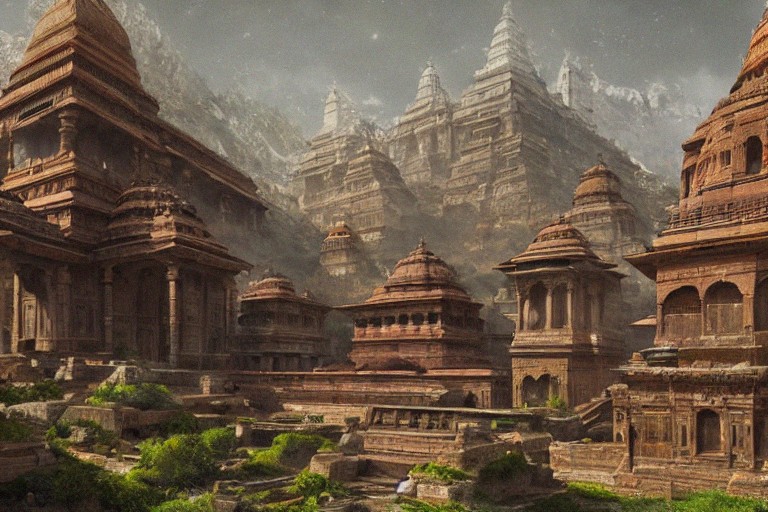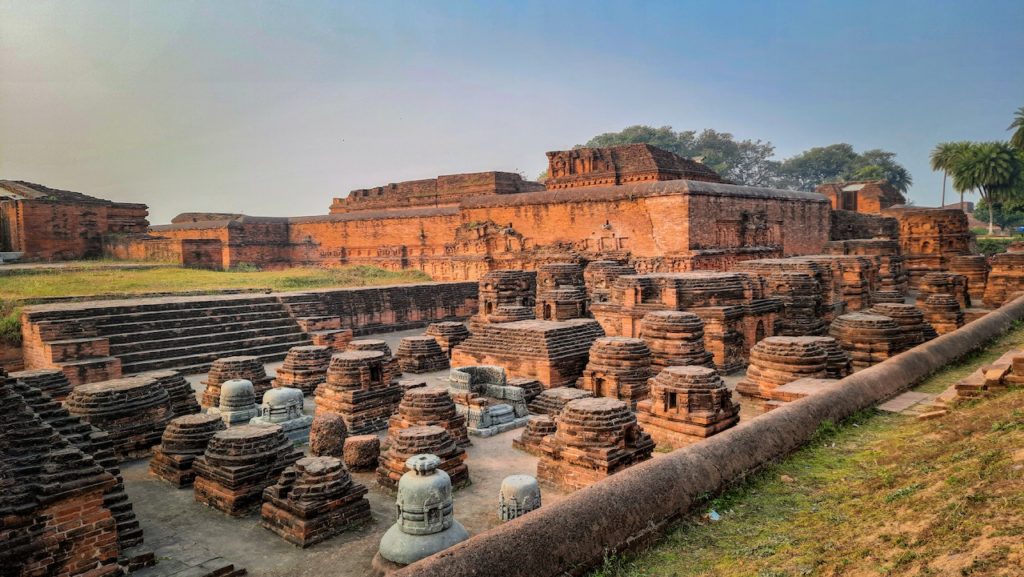Introduction
The Harappa civilization, also known as the Indus Valley civilization, emerged in the northwestern region of the Indian subcontinent around 2600 BCE. It was a complex society with an advanced urban culture, advanced technology, and sophisticated systems of governance. This research article aims to explore the Harappa civilization’s contribution to the emergence of urbanization and its impact on subsequent societies.
The Harappa Civilization
The Harappa civilization was a Bronze Age civilization that flourished from 2600 to 1900 BCE. It was located in the Indus River Valley, encompassing present-day India, Pakistan, and Afghanistan. The civilization’s most significant urban centers were Harappa and Mohenjo-daro, which were characterized by well-planned grid systems, sophisticated drainage systems, and multi-story buildings.
The Harappa civilization had a complex social structure, with evidence of hierarchical differentiation based on occupation and wealth. It also had a system of writing, which is yet to be deciphered, and a flourishing trade network that extended to Mesopotamia and other parts of the world. The civilization’s technological advancements included metallurgy, brick-making, and textile production, among others.
The Emergence of Urbanization
The Harappa civilization’s emergence marked a significant development in human history – the rise of urbanization. Urbanization is the process by which cities and towns develop, and people move from rural areas to urban centers. It is characterized by the growth of cities, increased population density, and the concentration of economic and political power.
The Harappa civilization was the first known society to develop urbanization, and its influence can be seen in subsequent societies. The principles of urban planning, sanitation, and water management were essential components of the Harappa civilization’s urban culture. These principles have continued to influence urban planning and infrastructure development in modern times.
Impact on Subsequent Societies
The Harappa civilization’s impact on subsequent societies was significant. The civilization’s technological advancements, particularly in metallurgy and textile production, influenced subsequent civilizations. Its trade network facilitated the exchange of goods and ideas across different regions, contributing to the growth of subsequent societies.
The Harappa civilization’s urban planning principles and sophisticated drainage systems have continued to influence modern infrastructure development. The principles of sanitation and water management have also been incorporated into modern urban planning.
Challenges Faced by the Harappa Civilization While the Harappa civilization was a significant development in human history, it faced several challenges. The civilization’s decline has been attributed to factors such as environmental degradation, climate change, and invasion by external forces. The exact cause of its decline remains unclear, but it is believed to have been a combination of several factors.
Conclusion
The Harappa civilization’s emergence marked a significant development in human history – the rise of urbanization. The civilization’s technological advancements, sophisticated systems of governance, and well-planned urban centers contributed to subsequent societies’ growth and development. The principles of urban planning, sanitation, and water management that were integral to the Harappa civilization’s urban culture have continued to influence modern infrastructure development. While the civilization faced several challenges, its legacy has endured, and its impact can still be seen in contemporary times.
References:
- Kenoyer, J. M. Ancient Cities of the Indus Valley Civilization. Oxford University Press, 1998.
- McIntosh, J. R. The Ancient Indus Valley: New Perspectives. ABC-CLIO, 2008.
- Singh, Upinder. A History of Ancient and Early Medieval India: From the Stone Age to the 12th Century. Pearson, 2016.
- Wright, R. The Ancient Indus: Urbanism, Economy, and Society. Cambridge University Press, 2010.

